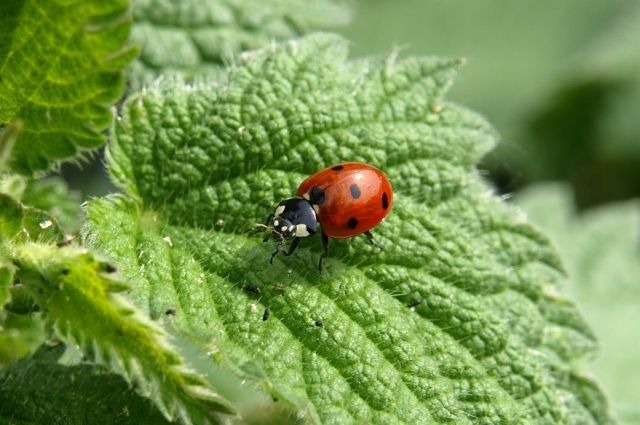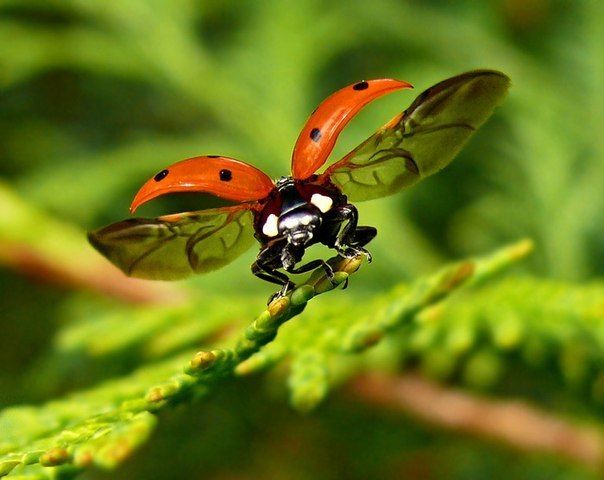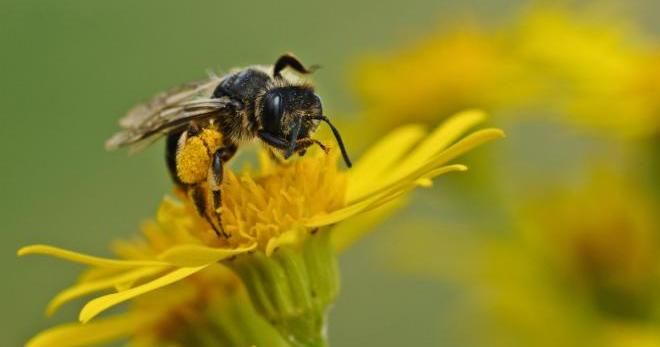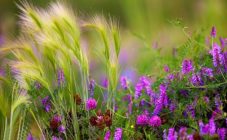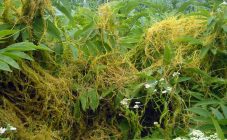Content:
In spring, nature wakes up and renews itself, and gardeners begin the summer season and carefully plant seedlings in the ground. When insects appear, the amateur gardener runs for chemical pest control products. Experienced gardeners know that beneficial insects can also be destroyed. It is worth choosing safer and more environmentally friendly methods of protection.
Phytophages and entomophages
Garden insects are divided into two types. Phytophages feed on plants, which means they cause damage and are considered pests. Entomophages are insect helpers, predators by nature, are engaged in the destruction of phytophages.
The main defenders in the garden:
• seven-spot ladybug (destroys about 4 thousand aphids in its entire life);
• larvae of useful gall midge (inject paralyzing liquid into aphids);
• stetorus (fights spider mites, destroys about 2 thousand individuals in a lifetime);
• lacewing (affects ticks, aphids, caterpillars, scale insects);
• ground beetle (will rid the garden of vegetable flies);
• hoverflies (lay eggs in aphid colonies), etc.
How to attract entomophages?
In fact, the phytophages themselves are not targets for ladybirds or ground beetles. They are interested in the pollen and nectar that they feed on. To attract beneficial insects, it is worth diversifying the site with plants that have a long flowering.
Nectar-bearing plants and meadow herbage
First of all, pests rush to ideal beds. To combat them, you should not completely rid the garden of weeds. Dandelions, coltsfoot and chamomile in small quantities will only benefit. Forbs around the site will become a cozy place for spiders and ground beetles to live. Ladybugs, bedbugs and hoverflies will be attracted by dill, anise, tansy and honey plants, and lacewing - cumin. Oregano, rosemary and marigolds will take root next to the trees. They will fill the garden with small wasps. Parsley, celery and mint will become not only helpers in the fight against pests, but also a vitamin snack on the dinner table. And oregano, lemon balm and mint are an addition to the tea ceremony.
Plants can be annual, biennial and perennial. Due to the variety of species, it is possible to achieve flowering on the site during the entire season, from early spring to late autumn. For example, buckwheat and dill will show themselves first, and in the middle of summer they will be replaced by calendula and marigolds.
Natural balance
In nature, everything happens naturally. The task of a person is to interfere in the processes as little as possible. Insects - the protectors of the garden - monitor the growth of the pest population, and the task of people is to create a suitable habitat for them.

